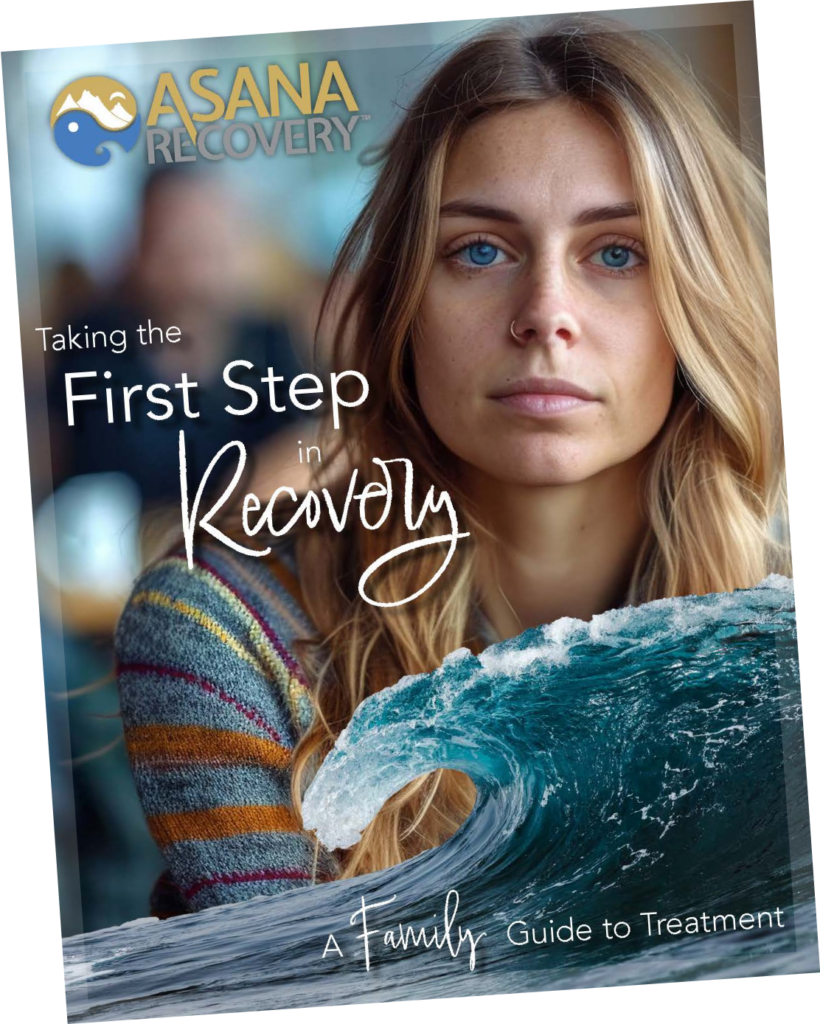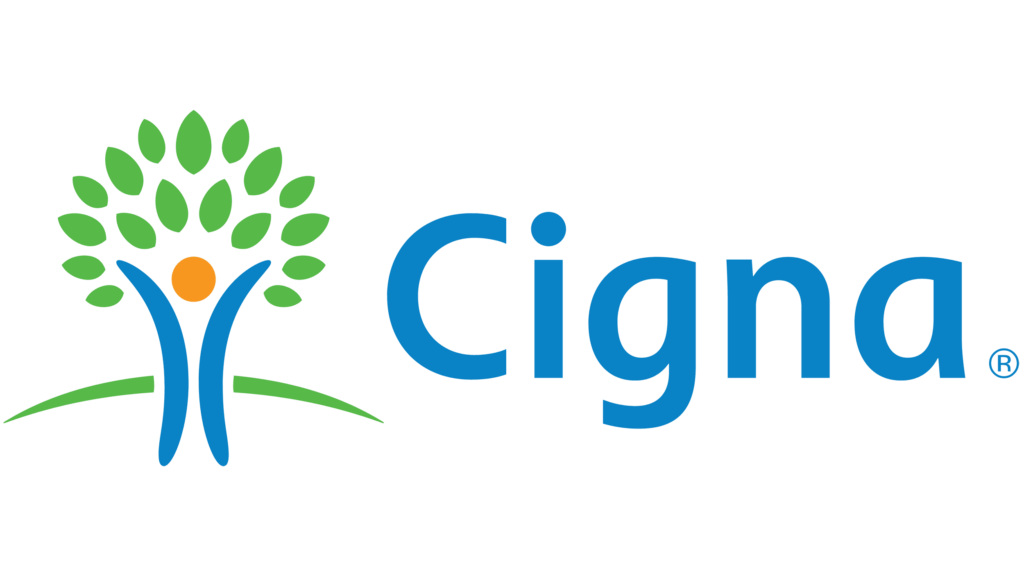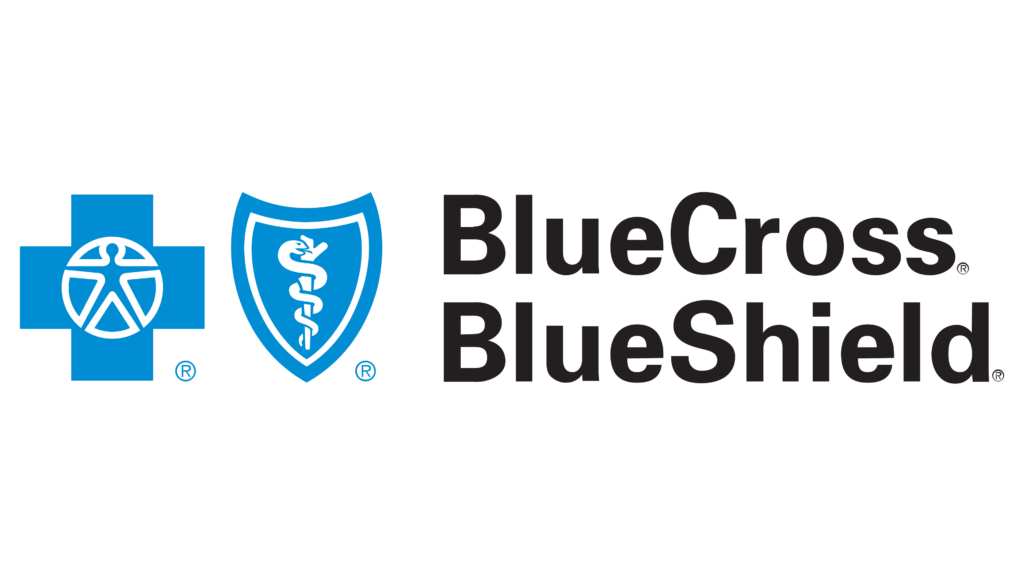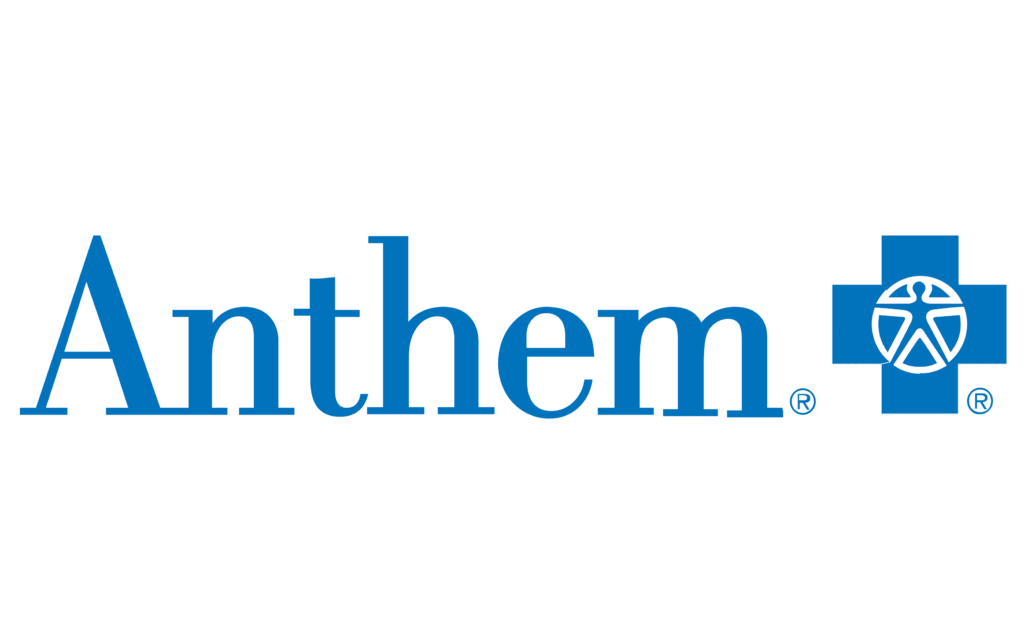Training and Education
Supportive policies are a great start, but they won’t be effective unless managers and employees understand them and the issues surrounding addiction and recovery. Training and education are vital components of building a truly **recovery-friendly workplace**. They help break down stigma, equip people with the knowledge to respond appropriately and compassionately, and foster a culture where seeking help is encouraged, not shamed.
Providing training specifically for managers and supervisors is critical. They are often the first point of contact for an employee who is struggling or returning to work after treatment. Managers need to understand:
* **The Nature of Addiction:** Training should cover the basics of substance use disorders as chronic, treatable health conditions. This helps shift perspectives away from moral judgment towards understanding and support.
* **Recognizing Signs (Carefully):** Teach managers to recognize potential signs of impairment or distress that affect job performance, focusing on observable behaviors (e.g., changes in attendance, productivity, behavior) rather than attempting to diagnose. Emphasize that their role is not to be a counselor but to address performance issues and refer employees to appropriate resources like HR or an EAP.
* **Company Policies:** Ensure managers thoroughly understand the company’s **drug-free workplace policy**, leave options, return-to-work procedures, and available resources.
* **How to Have Supportive Conversations:** Equip managers with communication skills to talk to employees about performance concerns empathetically and non-judgmentally, guiding them towards help without violating privacy or making accusations. Role-playing scenarios can be very effective here.
* **Confidentiality and Legal Aspects:** Train managers on the importance of maintaining confidentiality and understanding legal requirements, such as the Americans with Disabilities Act (ADA), which may protect individuals in recovery.
* **Available Resources:** Make sure managers know exactly how to refer employees to the company’s **Employee Assistance Programs (EAPs)** or external resources like Asana Recovery.
Beyond managers, providing education for all employees is equally important for creating a supportive culture. This training should aim to:
* **Reduce Stigma:** Educate employees about addiction and recovery to dispel myths and reduce the negative stigma often associated with these issues. When colleagues understand, they are more likely to be supportive.
* **Promote Mental Health Awareness:** Addiction often co-occurs with mental health challenges. Raising awareness about mental health encourages a more holistic view of well-being. Asana Recovery offers
Dual Diagnosis Treatment precisely because these issues are often linked, as well as dedicated
Mental Health Outpatient Treatment.
* **Highlight Available Support:** Inform all employees about the resources available to them, such as EAPs, health insurance benefits covering treatment (check your coverage easily with our
Insurance Verification tool), and community support groups.
* **Foster Peer Support:** Encourage employees to be supportive colleagues. While respecting privacy, simply fostering an environment of kindness and understanding can make a huge difference to someone in recovery.
Training can be delivered through workshops, online modules, newsletters, or guest speakers. Partnering with organizations like Asana Recovery or local public health departments can provide expert content and facilitators. Investing in education demonstrates a genuine commitment to employee well-being and is a cornerstone of a successful **recovery-friendly workplace**. It empowers everyone in the organization to play a positive role in supporting recovery.
Creating a Supportive Environment
Policies and training lay the groundwork, but the day-to-day atmosphere – the workplace culture – is where support truly comes alive or falls flat. Creating a genuinely supportive environment is about fostering a culture of openness, empathy, and psychological safety, where employees feel comfortable being themselves, seeking help, and supporting one another. This is the heart of a **recovery-friendly workplace**.
Establishing a culture of openness and support starts from the top. Leadership must champion the cause, openly discussing the importance of mental health and recovery support, and demonstrating empathy. When leaders talk openly about well-being and normalize seeking help, it signals to everyone that it’s okay to do so. This culture should permeate all levels of the organization. Key elements include:
* **Reducing Stigma:** Actively challenge stereotypes and negative language surrounding addiction and mental health. Use person-first language (e.g., “person with a substance use disorder” instead of “addict”). Share positive recovery stories (with permission) to highlight hope and success.
* **Promoting Psychological Safety:** Create an environment where employees feel safe speaking up about challenges, making mistakes, or asking for help without fear of punishment or humiliation. This applies broadly but is especially critical for those navigating recovery.
* **Empathy and Understanding:** Encourage active listening and compassionate responses among colleagues and managers. Recognize that recovery is a journey with potential ups and downs.
* **Celebrating Wellness:** Promote overall health and well-being initiatives that go beyond just addressing problems. This could include stress management workshops, fitness challenges, or mental health days.
* **Visible Support:** Make information about support resources easily accessible and visible – on bulletin boards, the company intranet, newsletters, etc. Ensure everyone knows where to turn for help, whether it’s the EAP, HR, or external providers like Asana Recovery. You can always
Contact Us for information or guidance.
Another powerful way to create a supportive environment is by encouraging **peer support and mentorship programs**. People with lived experience of recovery can offer invaluable support, understanding, and hope to colleagues who are currently struggling or are new to recovery. These programs can take various forms:
* **Formal Peer Support Programs:** Some larger organizations establish formal programs where trained employees in recovery volunteer to provide confidential support and guidance to peers. These programs need clear guidelines regarding confidentiality and boundaries.
* **Informal Support Networks:** Even without a formal program, fostering connections among employees can create informal support networks. Company-sponsored social events that are alcohol-free can provide opportunities for connection.
* **Recovery Ally Programs:** Train interested employees (who may or may not be in recovery themselves) to be “Recovery Allies.” These individuals can serve as visible points of contact for colleagues seeking information or support, helping to normalize conversations about recovery.
* **Mentorship:** Connecting an employee returning from treatment with a supportive mentor (either a peer in recovery or a trained manager/colleague) can ease the transition back to work.
These peer initiatives help break down isolation, provide practical coping strategies, and reinforce the message that recovery is possible and supported within the workplace. They complement professional treatment and formal support systems. Some employees might find support through programs like our
Couples Treatment if relationship stress is impacting their work and recovery, highlighting the interconnectedness of life domains. Even options like
Pet-Friendly Rehab show an understanding of the importance of support systems, a principle that extends into the workplace. Building this supportive culture takes time and consistent effort, but the payoff – a healthier, more engaged, and resilient workforce – is immense.
Access to Resources and Support
Having supportive policies and a positive culture is essential, but employees also need concrete resources and avenues for help when they are struggling with substance use or mental health challenges, or when they are actively maintaining their recovery. A key function of a **recovery-friendly workplace** is ensuring easy access to confidential, effective support services.
One of the most common and valuable resources employers can offer is an **Employee Assistance Program (EAP)**. EAPs are typically third-party services offered by employers to provide confidential counseling, referrals, and support services to employees and their families for a wide range of personal and work-related problems, including substance abuse, stress, financial issues, and relationship problems. Key features of a robust EAP include:
* **Confidentiality:** Assure employees that using the EAP is confidential (within legal limits, such as imminent harm). This is crucial for building trust.
* **Accessibility:** Make it easy for employees to access the EAP – provide clear contact information, offer services 24/7 if possible, and ensure multiple ways to connect (phone, online).
* **Scope of Services:** Ensure the EAP offers specialized support for substance use disorders, including assessments, short-term counseling, and referrals to appropriate treatment providers like Asana Recovery.
* **Promotion:** Regularly promote the EAP and its benefits so employees know it exists and understand what it offers. Integrate EAP information into onboarding, training, and regular communications.
Beyond the EAP, providing direct access or information about counseling and therapy services is vital. Mental health and substance use disorders often go hand-in-hand (co-occurring disorders), and therapy is a cornerstone of effective treatment and sustained recovery. Employers can support this by:
* **Health Insurance Coverage:** Offering comprehensive health insurance plans that provide good coverage for mental health and substance use disorder treatment, including outpatient therapy, inpatient care, and medications. Help employees understand their benefits. You can easily check potential coverage for Asana Recovery through our
Insurance Verification page.
* **Promoting Specific Therapies:** Educating employees about evidence-based therapies that are highly effective for addiction and co-occurring disorders. For example:
* **
Cognitive Behavioral Therapy (CBT):** CBT helps individuals identify and change negative thought patterns and behaviors associated with substance use. It teaches coping skills to manage triggers and cravings. Many EAPs and therapists utilize **Cognitive Behavioral Therapy (CBT)**.
* **
Dialectical Behavior Therapy (DBT):** DBT is particularly helpful for individuals who struggle with emotional regulation, impulsivity, and interpersonal relationships, which are often factors in addiction.
* **Supporting Family/Couples Therapy:** Addiction impacts the entire family system. Offering resources or benefits that cover family counseling or specialized
Couples Treatment, like the program at Asana Recovery, can support the employee’s recovery by addressing relationship dynamics and building a stronger support network at home.
* **Referral Networks:** Establishing relationships with reputable local treatment centers (like Asana Recovery in Orange County) to facilitate referrals for employees needing more intensive care, such as
Medically-Assisted Detox or
Residential Treatment. Information about **private care** options should also be available for those seeking or requiring them; our team can discuss
Private Pay and Payment Options.
Ensuring employees know where to turn for help, whether it’s the company EAP, their health insurance provider, or community resources, is a fundamental aspect of a **recovery-friendly workplace**. It empowers individuals to take proactive steps towards their health and well-being.
Integrating Treatment Options
A truly comprehensive **recovery-friendly workplace** understands that recovery often involves formal treatment, which can range from outpatient support to more intensive programs. Supporting employees not just in seeking help, but also in integrating their treatment plans with their work life, is crucial for successful long-term recovery and job retention. This means being knowledgeable about different treatment modalities and finding ways to accommodate them.
One important area is supporting employees who utilize **Medication-Assisted Treatment (MAT)**. MAT combines FDA-approved medications (like buprenorphine, naltrexone, or methadone for opioid use disorder, or naltrexone and acamprosate for alcohol use disorder) with counseling and behavioral therapies. It is a highly effective, evidence-based approach considered the gold standard for treating opioid use disorder and is also effective for alcohol use disorder. Employers can support MAT by:
* **Understanding MAT:** Educate HR staff and managers about what MAT is (and isn’t). It’s a legitimate medical treatment, not substituting one drug for another. Employees on MAT are actively engaged in recovery.
* **Non-Discrimination:** Ensure workplace policies do not discriminate against employees participating in legally prescribed MAT. Drug testing policies should be able to distinguish between illicit substance use and prescribed recovery medications.
* **Accommodation:** Be prepared to make reasonable accommodations if needed, such as allowing flexibility for appointments related to MAT.
* **Partnering with Providers:** At Asana Recovery, we offer
Medication-Assisted Treatment (MAT) as part of our comprehensive care. Employers can support employees by facilitating connections to providers like us.
Another common and vital level of care is the **Intensive Outpatient Program (IOP)**. IOPs provide structured treatment, including group and individual therapy, for several hours a day, multiple days a week, while allowing the individual to live at home and often continue working or attending school. Employers can support employees in IOPs by:
* **Flexibility:** Offering flexible scheduling or adjusted work hours to accommodate IOP attendance (e.g., allowing an employee to start earlier or later, or work a compressed week). Asana Recovery offers both in-person
Intensive Outpatient Programs (IOP) and flexible
Virtual IOP options.
* **Leave Options:** Ensuring employees know about and can utilize available leave (like FMLA) if needed for IOP participation, although many people successfully balance work and IOP with schedule adjustments.
* **Understanding the Commitment:** Recognizing that IOP requires a significant time commitment and focus, and being supportive during this period.
Beyond specific programs like MAT and IOP, employers can foster a recovery-friendly environment by **collaborating with local treatment centers like Asana Recovery**. This collaboration can involve:
* **Referral Relationships:** Establishing a clear pathway for referring employees who need treatment.
* **Educational Partnerships:** Inviting experts from treatment centers to provide workplace training on addiction and recovery.
* **Return-to-Work Coordination:** Working with the treatment provider (with the employee’s consent) to facilitate a smooth and supportive return to work after an employee completes residential or partial hospitalization treatment. This might involve understanding recommendations for ongoing support or workplace accommodations.
* **Resource Sharing:** Making information about trusted local treatment options readily available to employees. Knowing that quality care like
Outpatient Services or specialized programs is accessible can encourage help-seeking.
Integrating treatment requires communication, flexibility, and a genuine commitment to supporting the employee’s recovery journey. When employers understand and accommodate treatment needs, they not only help the individual but also retain valuable employees and strengthen their workforce. Concerned about costs? We encourage you to
Verify insurance coverage with us, or explore **private care** options.
Legal and Ethical Considerations
While building a **recovery-friendly workplace** is driven by compassion and a desire for a healthy workforce, it’s also essential for employers to navigate the relevant legal and ethical landscape carefully. Understanding obligations and rights, and ensuring confidentiality, protects both the employee and the organization.
Employers need to be aware of key laws that impact how they handle substance use disorders and recovery in the workplace. The most significant federal law is often the **Americans with Disabilities Act (ADA)**. Here’s what employers need to know:
* **Protection for Individuals in Recovery:** The ADA may protect individuals who are currently participating in a supervised rehabilitation program and are no longer using illegal drugs, as well as those who have successfully completed rehab and are no longer using. It also protects individuals who are erroneously regarded as engaging in such use.
* **Current Illegal Drug Use:** The ADA explicitly does *not* protect individuals currently engaging in the illegal use of drugs. Employers can have policies prohibiting illegal drug use and alcohol impairment at work and can discipline employees who violate these policies.
* **Reasonable Accommodation:** If an employee qualifies as having a disability under the ADA due to a history of addiction or being in recovery, the employer may be required to provide reasonable accommodations (unless it causes undue hardship). Accommodations could include a modified work schedule for therapy or support meetings, or leave for treatment. This is determined on a case-by-case basis.
* **Medical Examinations and Inquiries:** The ADA places restrictions on when employers can require medical exams or ask questions about disabilities, including substance use history. Generally, such inquiries are only permissible post-offer (if required for all entering employees in that job category) or if they are job-related and consistent with business necessity.
Another relevant law is the **Family and Medical Leave Act (FMLA)**. Eligible employees at covered employers are entitled to take unpaid, job-protected leave for specified family and medical reasons, which can include treatment for a substance use disorder by a healthcare provider. Employers must inform employees of their FMLA rights.
Beyond specific laws, ethical considerations are paramount:
* **Confidentiality and Privacy:** This is perhaps the most critical ethical consideration. Information about an employee’s substance use disorder, treatment, or recovery status is sensitive medical information and must be kept confidential. Breaches of confidentiality can damage trust, deter others from seeking help, and lead to legal liability. Information should only be shared on a strict need-to-know basis (e.g., with HR or managers involved in accommodations, and only with necessary details). Employee health information should be stored securely and separately from general personnel files.
* **Fairness and Consistency:** Policies related to substance use, testing, discipline, and support must be applied fairly and consistently to all employees to avoid claims of discrimination.
* **Avoiding Stigma:** Ethically, employers should actively work to create a non-stigmatizing environment, ensuring that employees in recovery are treated with respect and dignity, just like any employee dealing with a health condition.
* **Balancing Safety and Support:** Employers have a legal and ethical duty to maintain a safe workplace for all employees. This needs to be balanced with the obligation to support employees with health conditions, including addiction. A well-crafted **drug-free workplace policy** that includes pathways to help can achieve this balance.
Navigating these legal and ethical waters can seem complex. Consulting with legal counsel specializing in employment law is highly recommended when developing or updating policies related to substance use and recovery support. Ensuring compliance protects the organization, while upholding ethical principles builds the trust necessary for a truly **recovery-friendly workplace**. If you have questions about treatment options that respect privacy, feel free to
Contact Us for a confidential conversation about our programs.
Measuring Success and Continuous Improvement
Creating a **recovery-friendly workplace** is not a one-time task; it’s an ongoing commitment that requires evaluation and refinement. To ensure that policies and initiatives are truly effective and making a difference, employers need ways to measure their success and identify areas for improvement. This continuous improvement cycle helps sustain the positive impact on employees and the organization.
Setting benchmarks and measuring outcomes is key. While some outcomes, like improved morale, can be harder to quantify, others provide tangible data. Consider tracking metrics such as:
* **Employee Assistance Program (EAP) Utilization Rates:** An increase in employees accessing the EAP, particularly for substance use or mental health concerns, can indicate growing trust and awareness, not necessarily more problems. Track overall usage and specific reasons (if aggregate, non-identifying data is available).
* **Health Insurance Claims:** Anonymized data on claims related to substance use disorder treatment or mental health services might show trends over time (e.g., increased use of outpatient services, potentially indicating earlier intervention).
* **Absenteeism and Presenteeism Rates:** Monitor attendance records and, if possible, gauge presenteeism (employees being physically present but mentally absent or unproductive) through performance metrics or surveys. Improvements can suggest better overall well-being.
* **Turnover Rates:** Track employee retention, particularly among those known to be utilizing recovery support resources (while maintaining confidentiality). Lower turnover suggests employees feel supported.
* **Workplace Accidents and Safety Incidents:** Monitor safety records. A reduction in accidents could be linked to a healthier, more focused workforce, partly due to recovery support.
* **Employee Surveys:** Conduct anonymous surveys to gauge employee perceptions of workplace culture, stigma levels, awareness of resources, and feelings of support regarding mental health and recovery. Ask specific questions about whether employees feel comfortable seeking help.
* **Supervisor Feedback:** Gather feedback from managers on their comfort level discussing performance issues related to potential substance use, their awareness of resources, and the effectiveness of training.
Collecting this data provides insights into what’s working well and where gaps might exist. For instance, low EAP utilization might suggest a need for better promotion or concerns about confidentiality. High turnover might indicate that support systems aren’t robust enough upon return to work.
Based on these measurements and feedback, the focus should shift to **continuously improving policies and practices**. This involves:
* **Regular Policy Review:** Periodically review the **drug-free workplace policy**, accommodation procedures, and leave policies to ensure they remain relevant, effective, and legally compliant.
* **Updating Training:** Refresh training materials for managers and employees regularly to incorporate new information, best practices, and feedback received.
* **Expanding Resources:** Based on employee needs and feedback, consider expanding available resources. This might mean enhancing EAP services, improving health insurance coverage for treatment like
MAT or
IOP, or forging stronger partnerships with local providers like **Asana Recovery**.
* **Responding to Feedback:** Actively solicit and respond to employee feedback gathered through surveys, focus groups, or suggestion boxes. Demonstrating responsiveness builds trust.
* **Sharing Successes:** Communicate positive outcomes and improvements internally to reinforce the value of the recovery-friendly initiatives and maintain momentum.
A commitment to measurement and continuous improvement ensures that the workplace doesn’t just become recovery-friendly in name, but actively evolves to meet the ongoing needs of its employees. It signals that supporting recovery is an integral part of the company’s culture and values, fostering an environment where everyone can thrive. Exploring options for care is a continuous process too; you can always check benefits using our
Insurance Verification form or discuss **private care** possibilities.
Conclusion
Building and maintaining a **recovery-friendly workplace** is more than just a human resources initiative; it’s a fundamental shift towards a more compassionate, supportive, and ultimately more productive work environment. It acknowledges the reality that addiction and mental health challenges affect millions of people, including valuable employees, and that recovery is possible and deserves support. By implementing clear and supportive policies like a modern **drug-free workplace policy**, providing thorough training, fostering an open and empathetic culture, ensuring access to resources like **Employee Assistance Programs (EAPs)** and quality treatment options such as **Cognitive Behavioral Therapy (CBT)**, **Medication-Assisted Treatment (MAT)**, and **Intensive Outpatient Programs (IOP)**, employers create a space where individuals feel safe seeking help and maintaining their recovery journey.
The benefits ripple outwards, leading to reduced healthcare costs, lower turnover, increased productivity, improved safety, and a stronger company reputation. Most importantly, it offers a lifeline to employees who might otherwise struggle in silence, reinforcing their value and supporting their path to sustained well-being. Integrating options like
couples therapy support acknowledges the broader impact of addiction.
At **Asana Recovery**, we are passionate about supporting individuals on their path to recovery, offering a range of services from detox and residential care to flexible outpatient programs. We also believe strongly in the power of supportive communities, including the workplace. We encourage employers in Orange County and beyond to take steps towards becoming more recovery-friendly. It’s an investment in your people and your organization’s future.
If you are an employer looking for guidance on creating supportive policies, providing training, or connecting employees with resources, or if you or a loved one are seeking help for addiction or mental health challenges, please reach out. You can learn more about our approach and programs on our website. Take the first step towards accessing confidential, compassionate care by calling us directly or using our easy online form to
Verify insurance coverage. We also offer flexible
private care payment options. Let **Asana Recovery** be your partner in fostering recovery and well-being.
Contact Us today – help is here.
Frequently Asked Questions (FAQs)
What is a recovery-friendly workplace?
A **recovery-friendly workplace** is a work environment where employers actively create a supportive culture and implement policies that help employees who are recovering from a substance use disorder or mental health condition. This includes reducing stigma, providing access to resources like EAPs and treatment options (such as
MAT or
IOP), offering flexibility, ensuring confidentiality, and educating managers and staff about recovery. The goal is to support employee well-being, encourage help-seeking, and help employees maintain their recovery while remaining productive members of the workforce.
How can employers support employees in recovery?
Employers can support employees in recovery in several ways:
- Develop supportive policies, including a comprehensive **drug-free workplace policy** that emphasizes help over punishment.
- Offer robust **Employee Assistance Programs (EAPs)** and health insurance benefits covering treatment.
- Provide training for managers and staff to reduce stigma and increase understanding of addiction as a health issue.
- Foster a culture of openness, empathy, and psychological safety.
- Offer flexible work arrangements to accommodate treatment or support meetings.
- Ensure confidentiality regarding employee health information.
- Partner with resources like **Asana Recovery** for referrals and information.
- Support evidence-based treatments like Cognitive Behavioral Therapy (CBT) and MAT.
- Facilitate a smooth return-to-work process after treatment.
You can always
Contact Us for more information on supporting employees.
What are the benefits of a recovery-friendly workplace?
Creating a **recovery-friendly workplace** offers significant benefits for both employers and employees. For employers, benefits include lower healthcare costs, reduced employee turnover, increased productivity, improved workplace safety, enhanced company reputation, and a stronger overall workplace culture. For employees, it means reduced stigma, feeling safe to seek help, better access to resources and treatment, job security during recovery, improved morale and loyalty, and ultimately, better chances for sustained recovery and overall well-being.
How does Asana Recovery support workplace recovery initiatives?
**Asana Recovery** supports workplace recovery initiatives primarily by providing high-quality, evidence-based treatment services for employees struggling with addiction and co-occurring mental health disorders. We offer various levels of care, including
Medically-Assisted Detox,
Residential Treatment,
Partial Hospitalization Programs (PHP),
Intensive Outpatient Programs (IOP), and
Virtual IOP, accommodating different needs and schedules. We utilize therapies like
CBT and
DBT, and provide
MAT. We can collaborate with employers on referrals, provide educational resources, and work with employees (with consent) to support their return to work. We make it easy to check coverage via our
Insurance Verification tool and discuss **private care** options.
What resources are available for employees struggling with addiction?
Employees struggling with addiction have several potential resources:
- **Employee Assistance Programs (EAPs):** Confidential counseling and referral services provided by the employer.
- **Health Insurance:** Coverage for addiction treatment services, including therapy, medication, detox, and rehab programs.
- **Treatment Centers like Asana Recovery:** Offering specialized programs from detox to outpatient care (Outpatient Services), including Dual Diagnosis Treatment for co-occurring disorders.
- **Therapists/Counselors:** Private practitioners specializing in addiction.
- **Support Groups:** Peer support groups like Alcoholics Anonymous (AA), Narcotics Anonymous (NA), SMART Recovery, etc.
- **Primary Care Physician:** Can provide initial assessment and referrals.
- **Community Mental Health Centers:** Often offer affordable treatment options.
Employers play a key role in making employees aware of these resources and ensuring access, particularly EAPs and health benefits.
How can I verify my insurance for treatment at Asana Recovery?
Verifying your insurance benefits for treatment at Asana Recovery is simple and confidential. You can use our secure online
Insurance Verification form on our website. Just provide some basic information about your insurance plan, and our admissions team will check your coverage details and get back to you quickly to explain your benefits for our programs. Alternatively, you can call our admissions line directly, and our team can verify your insurance over the phone. We work with many major insurance providers. If you don’t have insurance or prefer not to use it, we can also discuss
Private Pay and Payment Options (**private care**).







